|
Here's a video I put together of a training session where we were working on the run-up and take-off. It's important that the run-up is connected with the take-off, otherwise the run-up just becomes an acceleration run. The jumper needs to reach the board at maximum (or optimum) speed - more on the latter in another technique post. And the movements over the last few strides need to connect to the take-off, though positioning and correct step technique. More on this to follow again in another video and post.
See below group member Paul Ogun leaping to a 7.79pb - the day after I posted the above video. That was a strange, but very welcome coincidence! He hit it perfectly.
0 Comments
The outdoors is a place for fun. And it should be even more fun in the summer (even in the UK!).
In this issue we’ve some great ways to enjoy the light (and dark) and hopefully warmth of this time of the year. Our 11 great British wilderness escapes will take you off the beaten track either bikepacking or backpacking. Wild times await those who dare to go a little off grid (well, on grid if you know what I mean!) – see pages 34 and 38. Such outdoor fun does not need to cost that much either. Laurence McJannet suggests that you venture into the wilds on whatever bike you have and even use some bin bags and cable ties to make make-shift panniers for your first bikepacking adventure, which need not be a million miles from your home. It’s the fun of the escape and the freedom it offers that’s key. Continuing on this frugal fun theme, Sean McFarlane shows you how much enjoyment can be had from running your own DIY triathlon – see page 100. He also enjoys a pub crawl of a totally more liberating kind when he heads 174 kilometres point to pint in Scotland – again an adventure crafted in his, and his mates’ heads, and not tied to entry fees, and really specific deadlines – see page 28. Adventure racing is something many outdoor types are gravitating toward. Although our feature on page 96 could lead to a rather expensive trip to New Zealand to participate in a GODZone event we also list some home-grown adventure race opportunities that won’t cost you that much, and will perhaps be slightly less taxing. Patrick Kinsella tackles one of sorts, well, one in the making, and much closer to home, when he goes coast-to-coast across Devon – see page 46. Incidentally the competitors we talk to in GODZone races talk about being hit in the face by bats and of sleep monsters. It’s fun of a different kind there! Ultra runner Rob Young says he did not enjoy his efforts to run across the US - perhaps that was because his record attempt was being picked apart by web watchers and naysayers. We try to find out what happened and whether Rob actually did the hard yards – see page 42. Enjoyment then it seems comes in various shapes and forms for the outsider – those new to short walks and cycles and runs will see the world through new eyes, those who know where to look and go off the beaten track a little further will smile at what they see, know, and how they got there, whilst those really putting themselves to the test will derive their enjoyment from other places in the recesses of their minds, and perhaps more so when the event is over, rather than in the moment. Wherever the enjoyment comes from and whatever the spur, the outdoors provides every opportunity for fun and that folks is to be remembered. 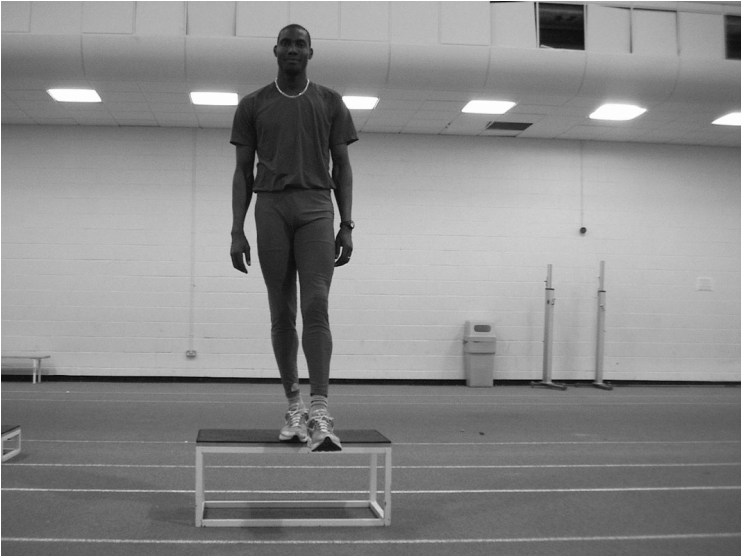 Drop (box or depth) jumps are used by many of us to increase power and strength and speed. But are we maximising their potential to enhance performance and are we using them in an ineffective way? Yuri Verkhoshansky is the key man when it comes to the development of, and then subsequent mainstream adoption in training across virtually all sports, of the drop jump. The former Soviet sports scientist studied the effects of different drop heights and jump types on speed and strength development, for example. He discovered that if maximum strength was the desired outcome then the optimum height from which to jump down from should be 1.50m using a double-foot off; land; double-foot jump for height method). In the same vein the optimum hight for developing speed and reactivity was 75cm. So by varying the height from which you drop from (given Verkhoshansky’s parametres) you can manipulate the training outcome. This allows for drop jump training to be periodised, in much the same way as barbell loadings in the weights room can be to achieve different training results. More on really knowing what drop jump height does and speed of landing vs jump height Australian researchers looked at drop jump training on vertical jumping and quadriceps’ strength. Thirty-five males participated in the study and two training groups were established, together with a control group (1). Both groups performed 72-90 drop jumps a week for 6 weeks. One group emphasised maximum rebound height and the other height and speed of reaction. Various tests were used pre-and post-testing to measure performance – these included, vertical jumps from standing and running and leg strength as measured under concentric and stretch/reflex (plyometric) conditions. The ‘reactive’ group improved their reactivity by 20% - but not vertical jump performance. Surprisingly the ‘height’ group did not improve on any measure significantly. This led the researchers to conclude that, training for height through slower reaction drop jumps was, “not specific enough to stimulate gains in strength qualities of the leg extensor or jumping muscles.” So it's a pretty confusing situation albeit from this short post and the Australian study (and there's a lot more research out there). However I will say that having looked at a lot of it and written articles on the subject and through my own personal experiences with those I coach, that speed of reaction is key, as this fires the nervous system as well as fast twitch muscle fibre, and has a greater influence on rate of force expression, reactivity , neural recruitment and speed. I believe that this has enhanced performance. Reference: Int J Sports Med. 1999 Jul;20(5):295-303. Just a short post this week regarding an outstanding performance by Pippa at the English Schools Champs last weekend, plus some comments about age and performance...
After winning the u15 School's girls title over 75mH last year Pippa won the 80m event in her first year at the distance. Ranked fourth on time going into the event she clocked 11.49 seconds into a minus 3.6 wind in the final (in the heats she ran 11.42 into a minus 1.4). Both heat and final runs were Pbs. Obviously with a plus wind or even no wind a faster time is on the cards. Pippa for those of you that follow her is a multi-eventer. I managed to watch quite a bit of the European Champs from Amsterdam on Eurosport and enjoyed the coverage and the performances. It was a shame that hidden behind the European Football Champs and Wimbledon and the Tour de France this event seems to have gone very much unnoticed. There were some very good performances by Europeans across most events and GB topped the medal tables. Greg Rutherford jumped 8.25m to reclaim his LJ title and looks good for Rio and the men's 4x100m time, got the baton round very quickly (just over 38-sec) and if they can do that in Rio... who knows, although they'll need to go quicker, but with three, possibly four sub-10 guys in the team, they have the fire power. Jonathan Edwards commented on the winer of the triple jump Germany's Max Hess. The 19-year-old jumped 17.20m, At the same age Jonathan said he had only jumped 15m odd, yet as you know, he went onto win numerous titles and still holds the WR. So being a star at a young age does not necessarily make for success at an older age. Numerous athletes get disappointed by performances at the English Schools, but what matters more is that they learn from their performances and go onto improve and who knows win an Olympic title many years later as Jonathan did - and enjoy their athletics! And those that do well need to keep perspective and realise that being a senior is a whole different world and that success is harder to find and that medals win but the ones that really matter. Not that long a go epic really meant epic. The word is perhaps best encapsulated in film with the likes of stunning and stimulating masterpieces such as Gone with the Wind or Lawrence of Arabia. Epic in the sense that these films conjured up something that went that extra mile. A project that involved outstanding creativity, stunning and exotic locations, real Hollywood A-listers - in-front of and behind the cameras - and dealt with a subject-matter that grabbed attention for the right (or the wrong) historical or otherwise reasons. Hundreds of thousands of people around the world would share these epics moments and they would leave a legacy…
Whilst poring through the images that Leon McCarron sent in to accompany his Holy Land 1,000-mile trek, epic immediately sprang to mind – see page 36. Not so much in terms of the physical miles Leon walked (although these were of course epic) but more so in terms of what he witnessed and what he saw in a region that many might think unsafe to travel. It was truly breathtaking stuff and the material that a no doubt epic movie could be crafted from. That he found only kindness and support from those he met along his way supported his initial notion, that apart from a few, the majority of humans, whatever their background, religion or race, are well intentioned. It’s for good reason then that Leon graces our cover, in Hollywood hero stance complete with bush hat. Now where’s that bullwhip? Leon did what Indiana Jones only does in a script! This issue has some other epic challenges, Chris O’Connor writes about the Fire & Ice Ultra in Norway – see page 30. A stage race deemed by no other than Mohamad Ahansal to be the toughest of the tough – tougher than the Marathon des Sables - and as a multiple winner of that race, he should know. Mohamad swaps the heat for the cold, and sand for ice as he tackles Fire & Ice. Continuing film vernacular, Phoebe Smith stars in what could be described as an action adventure. The vistas and the plot may not be quite so epic or dangerous as Leon’s Holy Land Trek or Fire & Ice but the story is nonetheless as entertaining. Phoebe goes Bothy to Bothy. She treks between these welcome refuges in the great outdoors to find shelter, respite, warmth and in one, kindred spirits – see page 48. A comedy adventure… well, I hope Catherine Jevans does not mind me describing her cycling exploits as such – see page 56. I will hasten to add that I’m not belittling Catherine’s challenge of cycling 500 kilometres from Utrecht to Paris but rather the way that she self-deprecatingly writes about her ride with a group of other women. Catherine injects humour into her exploits and obviously enjoys the thrill and spills. A few more leading men and leading women in this issue – we have Greg Rutherford, a man whose long jump exploits may only last seconds but whose training is very much outdoor based – see page 76. Then there’s Keri-Anne Payne, another Olympic medallist heading to Rio, she explains just how stimulating open water swimming can be and why you should give it a go – see page 18. So lights, camera, action… the panoramas and colours, and the “actors” of the outdoors make for a great visual and truly engrossing treat – so sit back and watch er… read the epic tales in this issue. |
Categories
All
Click to set custom HTML
|
Proudly powered by Weebly
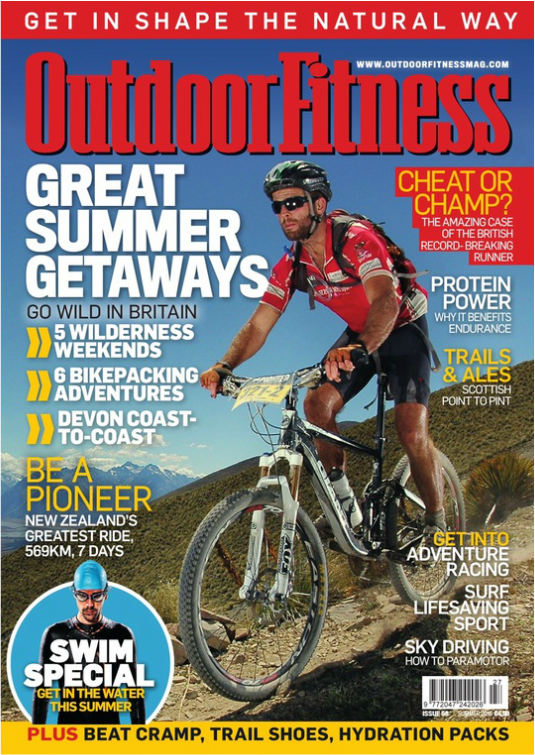
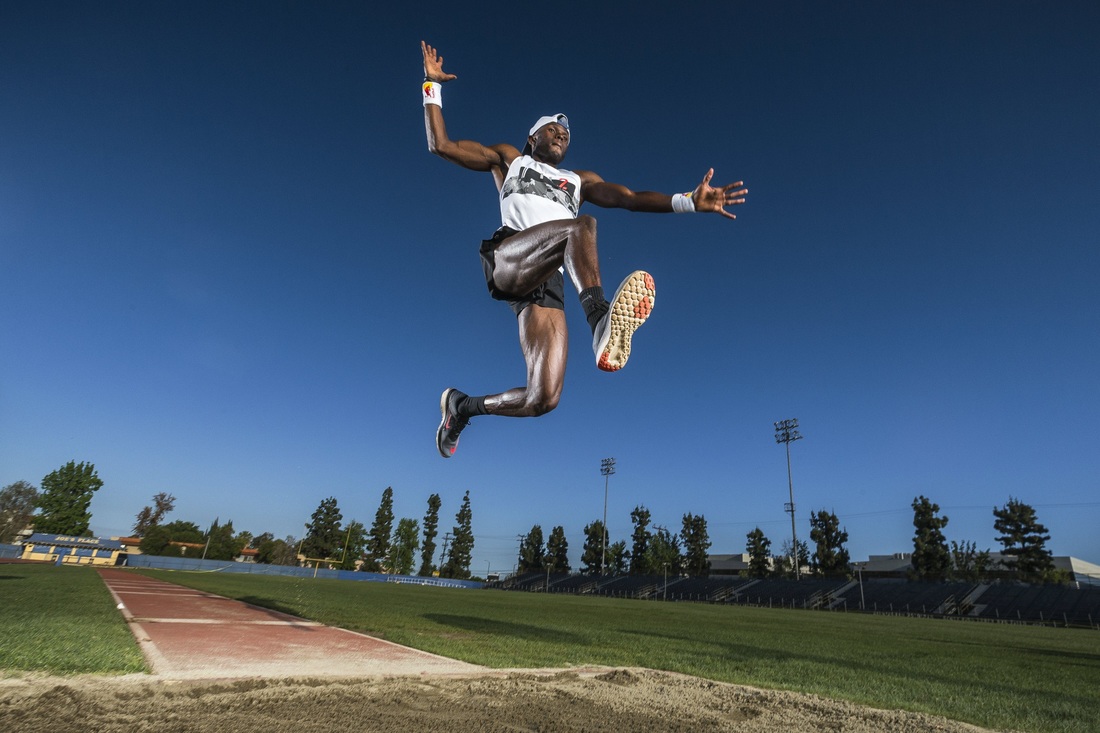
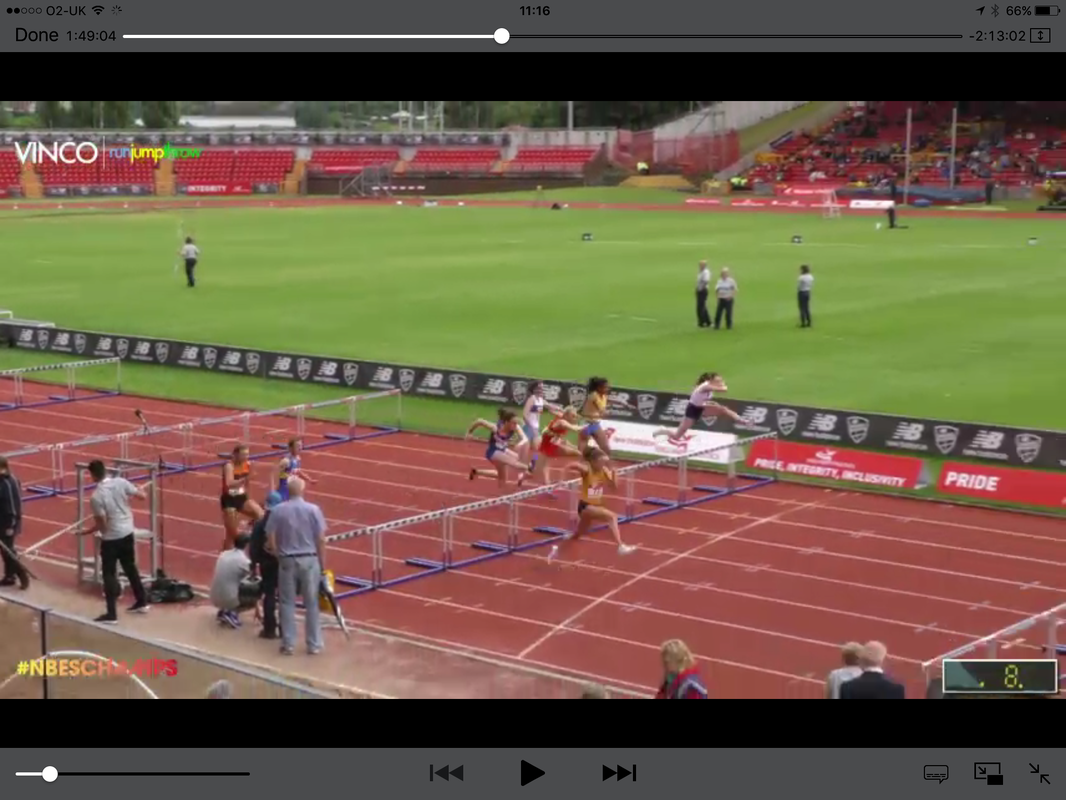
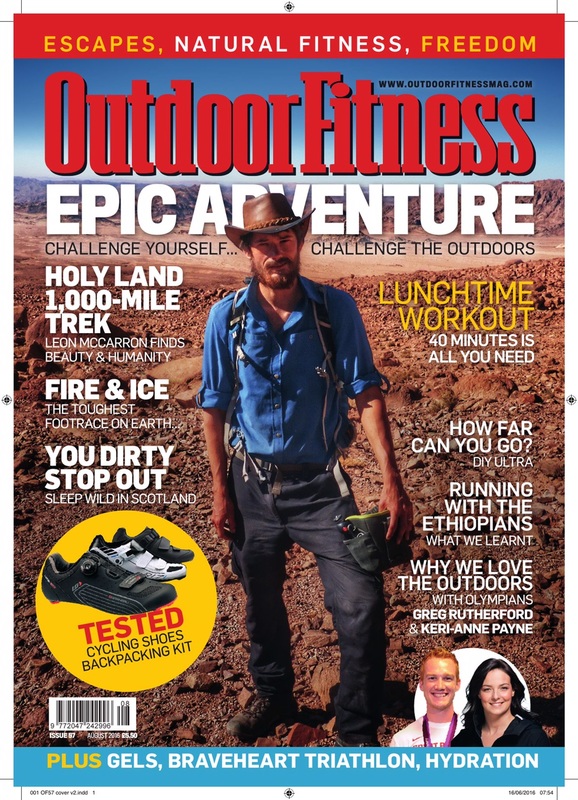

 RSS Feed
RSS Feed
